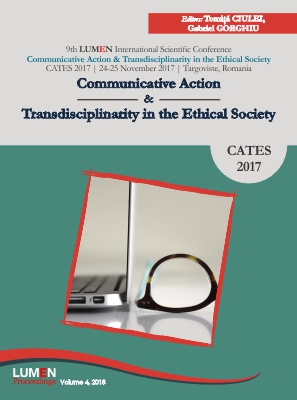Creativity and Spatial Urban and Landscape Perception in Architectural Imagination
Creativity and Spatial Urban and Landscape Perception in Architectural Imagination
Author(s): Maria Boștenaru Dan, Cerasella Craciun
Subject(s): Essay|Book Review |Scientific Life
Published by: Editura Lumen, Asociatia Lumen
Keywords: monument; technology; philosophy; architecture; creativity
Summary/Abstract: The paper proposes to debate through a main radiography, the field of creativity applied in spatial and temporal perception of urban, landscape and architectural space. In terms of transdisciplinary field, it is possible to integrate the related sciences of a field, in another field of science or art, and make a hybrid, a border between sciences and art, between different areas of specialty, with certain creative valences in the basic field. Creativity in the urban-landscape landscape is based on the sensitive reading of space and landscape, passed through the own and different perception of urban actors (specialists in the basic and related fields, people of different ages, tourists, public administration, politicians, users, etc.) The paper starts comparing form and history on hand of traditional or modern approaches in the 20th century. This is the outgoing point to look at different typologies in architecture beyond function, and the best example of architecture beyond function are the monuments. On the other hand, the different developments in the 20th century were influenced by technology. Iron and steel in architecture introduced engineering, and Le Corbusier industrial thinking to architecture. Industry also shaped cities, as the ideal city of Chaux shows. Returning to architecture beyond function, new technology made possible the new architecture of the museum, which brings memory of other functions, for example at Centre Pompidou. And today the memorials of the traumatic events of the 20th century, man-made or environmental, can be seen as a result of these considerations of presenting the unrepresentable.
Book: Communicative Action & Transdisciplinarity in the Ethical Society
- Page Range: 67-79
- Page Count: 13
- Publication Year: 2017
- Language: English
- Content File-PDF

